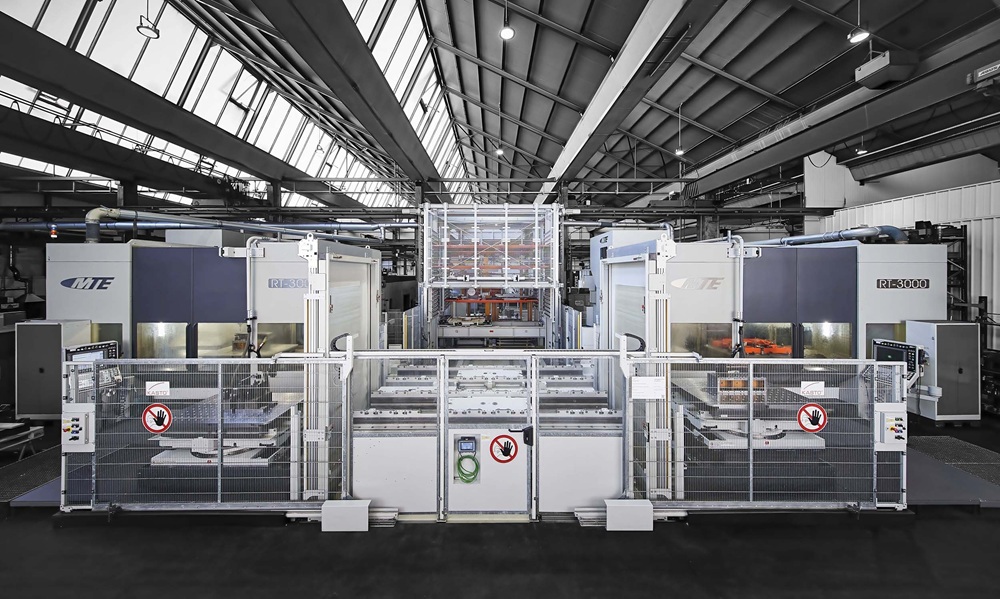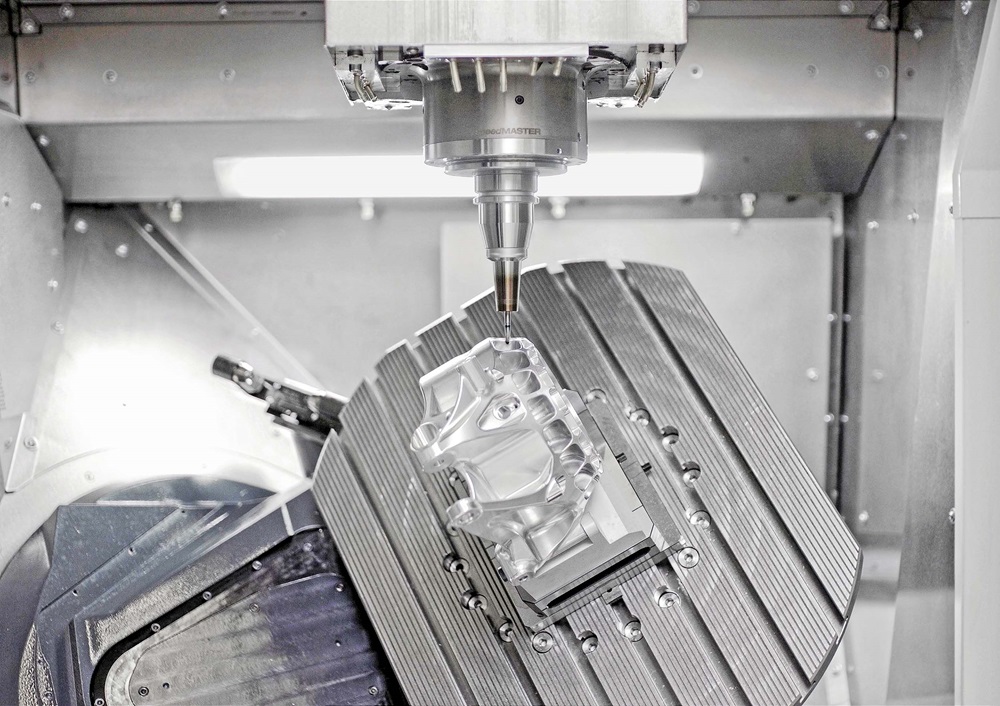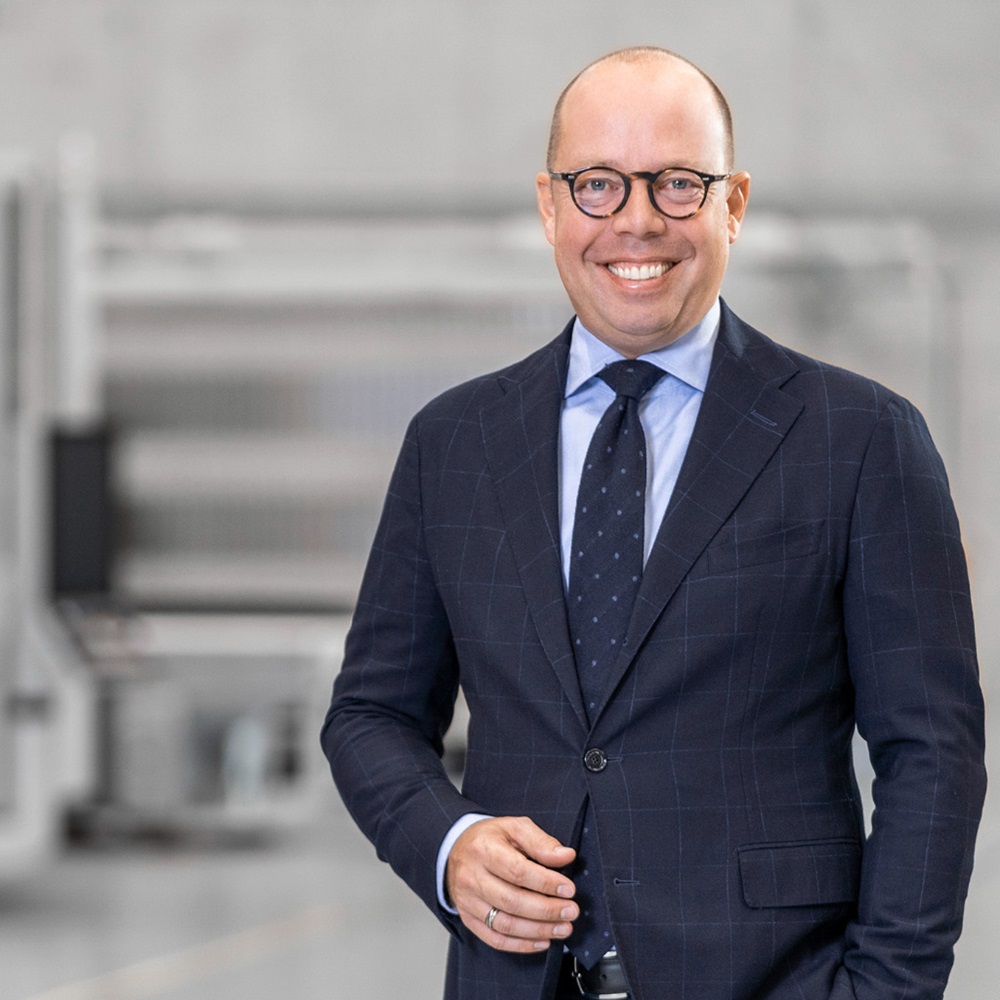Flexxbotics has launched the latest release of FlexxCORE, its patent-pending technology at the centre of the Flexxbotics solution. The company says that the new release delivers even more powerful capabilities for advanced robotic machine tending, robotic quality control and robotic production lines by enabling robots – both industrial and collaborative – to run multiple machines with multiple operations for multiple part SKUs. These new FlexxCORE capabilities equip manufacturers to scale robotic production across the smart factory in a standardised way for greater plant capacity, quality and EBITDA margins.
FlexxCORE now includes enhanced robot awareness, parallelised data pipelines and greater data granularity, which further extends the interoperable communication and co-ordination between robots, factory machines and inspection equipment.
“FlexxCORE’s fully RESTful application programming interface [API] now has an expanded data model to enable dynamic definition of the production robotic environment,” explains Tyler Modelski, co-founder and CTO of Flexxbotics. “This means the robots not only understand each machine’s capabilities, operating characteristics and part processing status, the robots can direct the machines to execute work and know how to correct problems if they occur.”
FlexxCORE delivers compatibility with over 1000 different makes and models of robots, machines, other factory machinery and inspection equipment options, and enables 22x faster connector creation than conventional automation integration methods, reports the company.
Until now, scaling out advanced robotic machine tending across the smart factory has involved endless custom programming and risk. Failed initiatives occur because the robots have limited or no connection to plant equipment and business systems because of interfacing complexity and incompatibilities. With FlexxCORE, for the first time global companies can roll out production robotics across the smart factory in a standardised way for advanced robotic machine tending.
More information www.flexxbotics.com/flexxcore



















